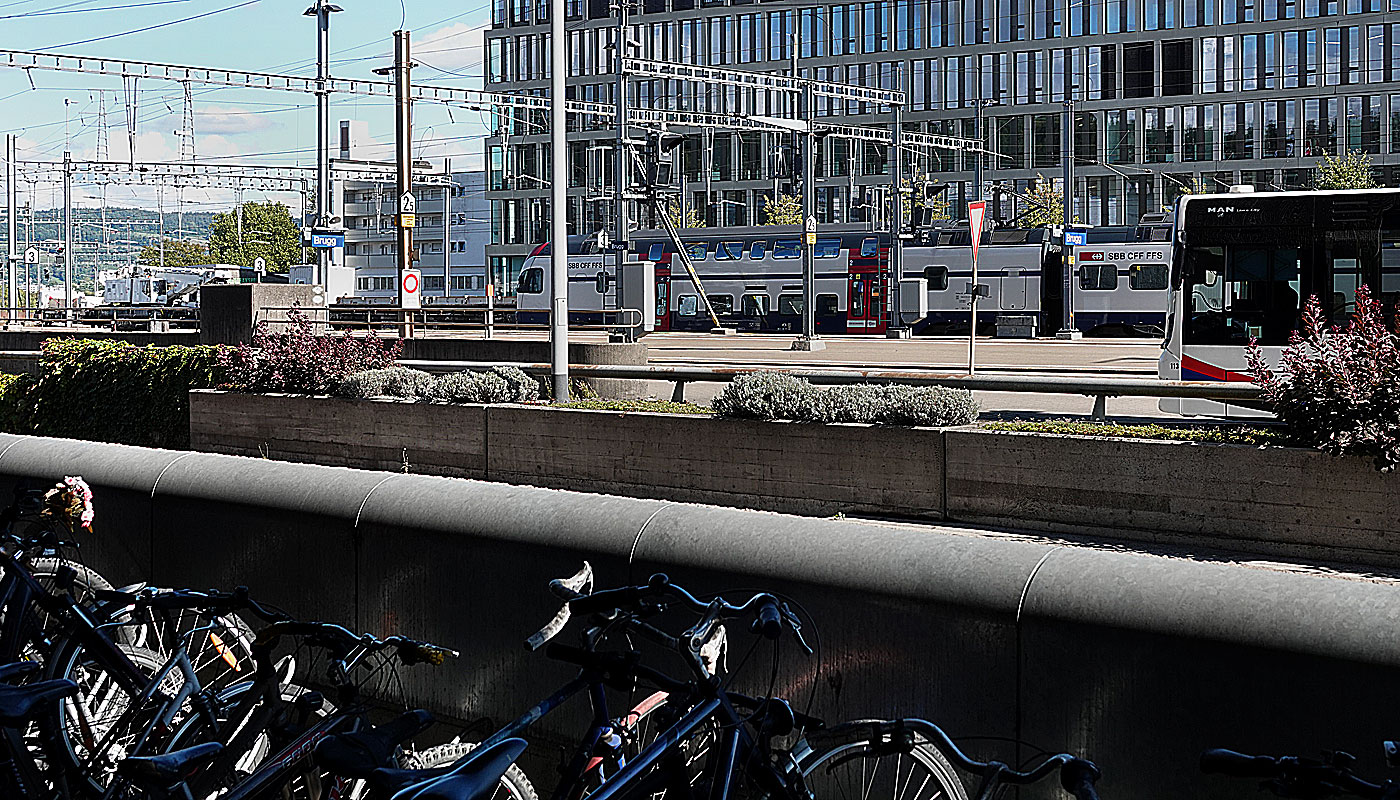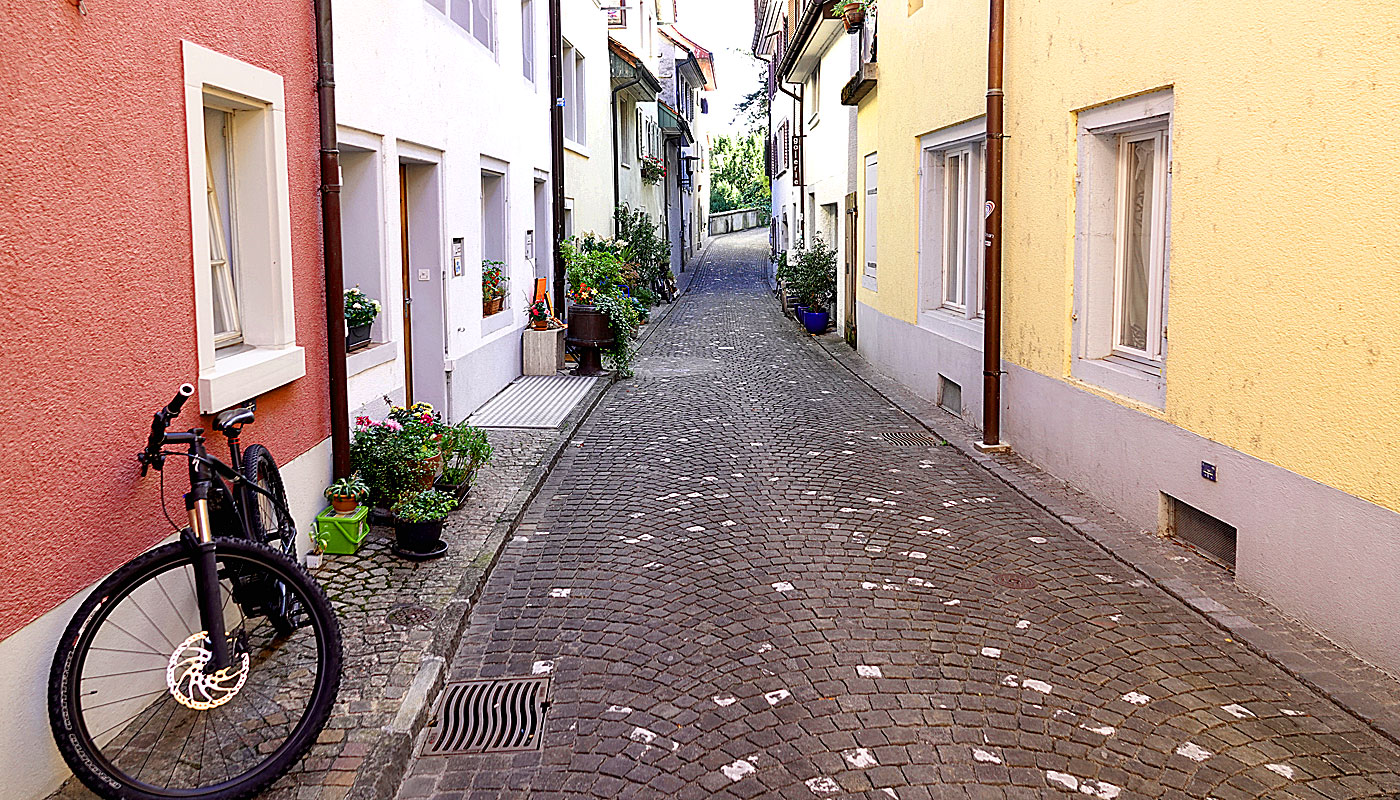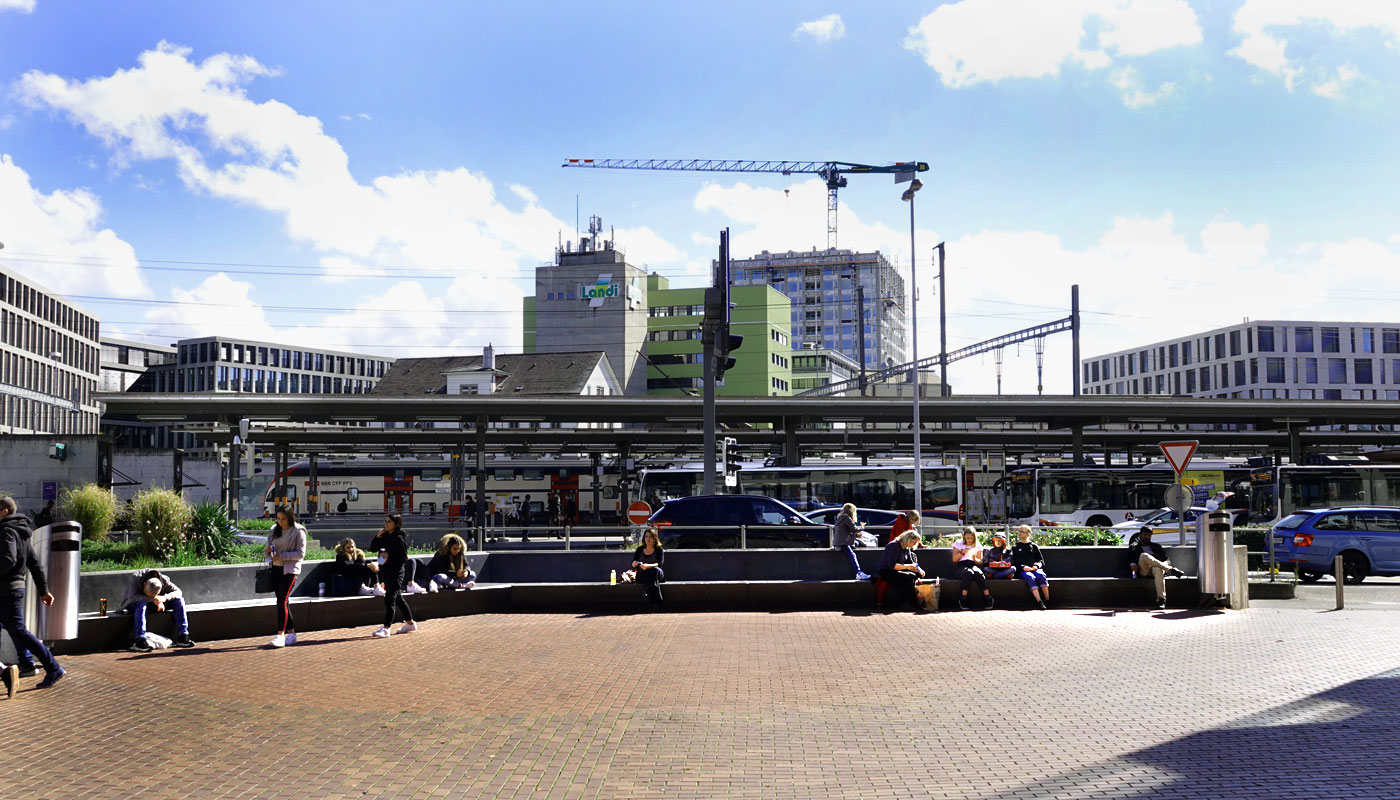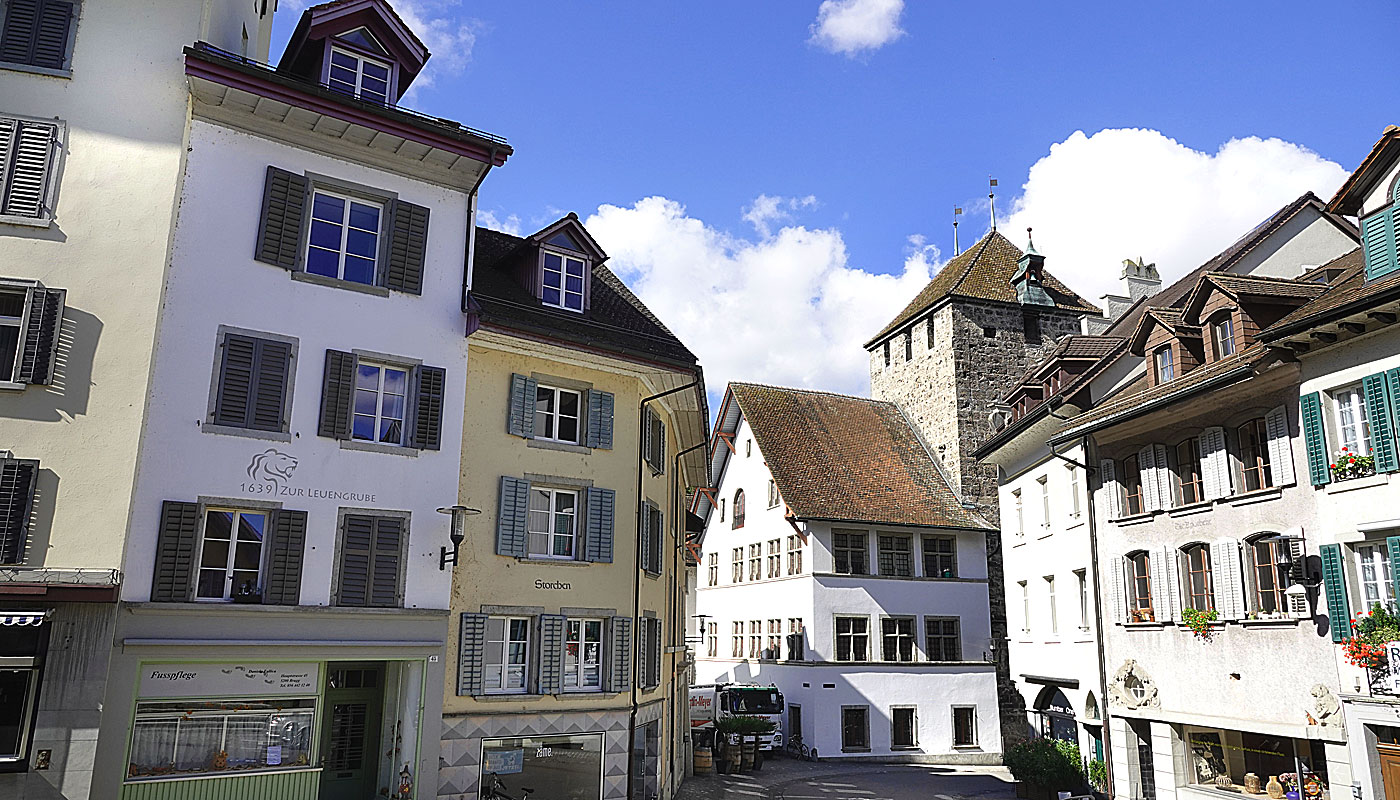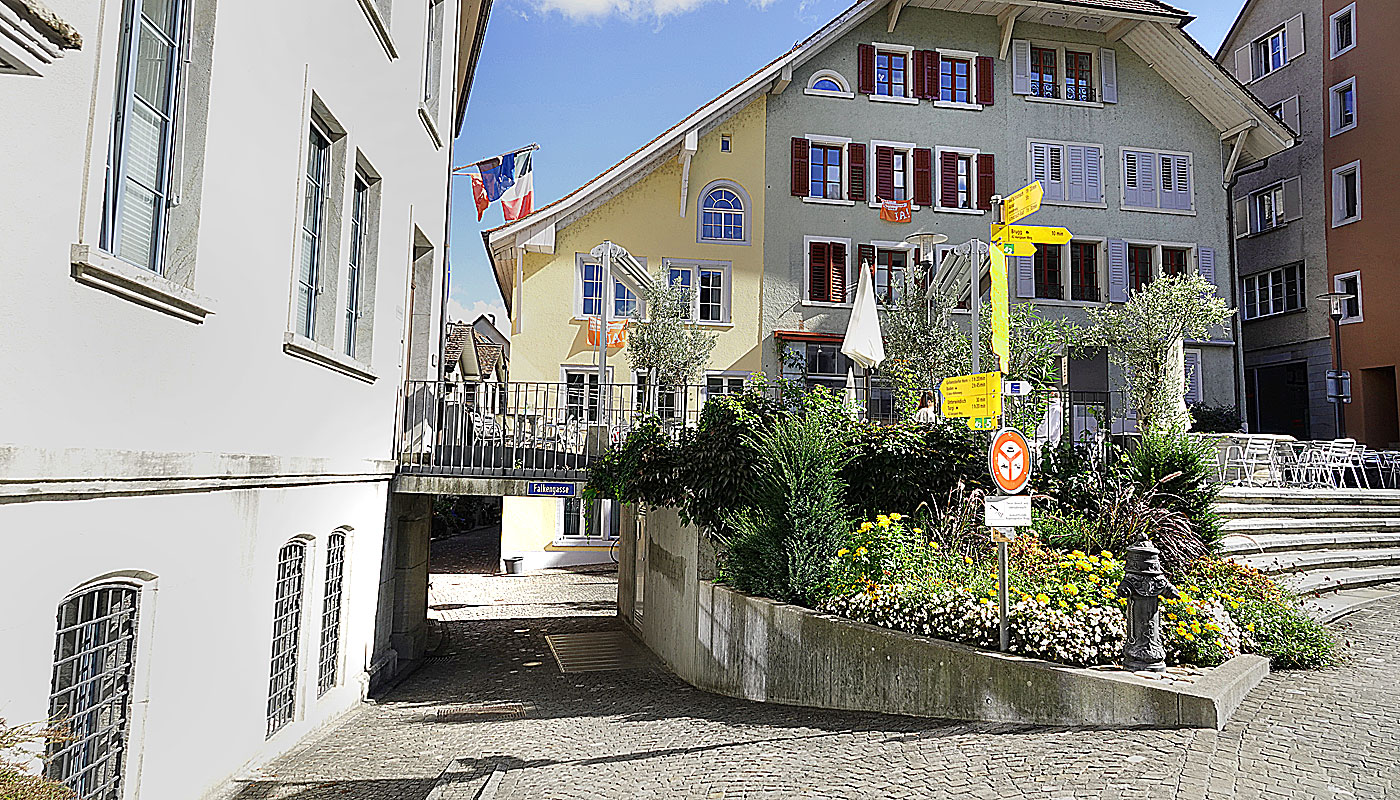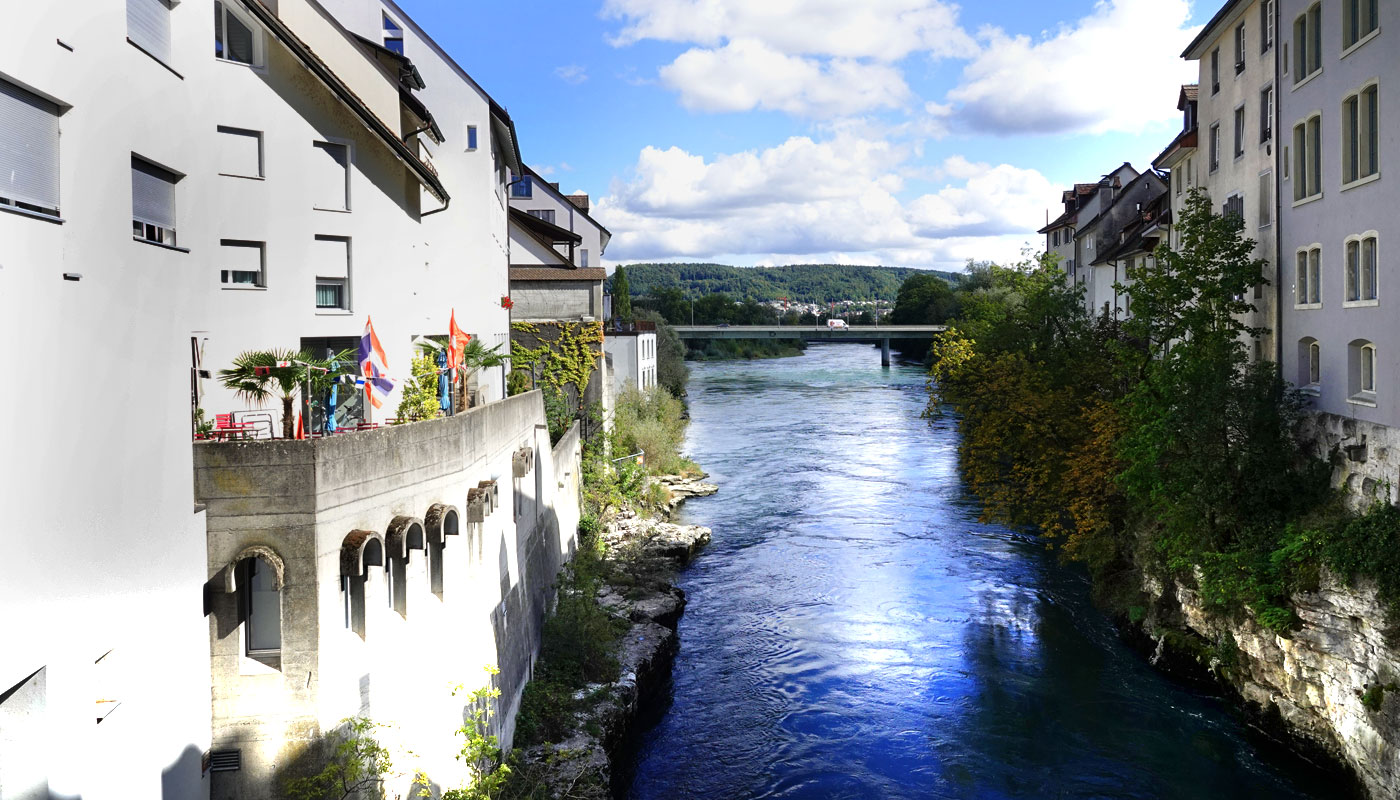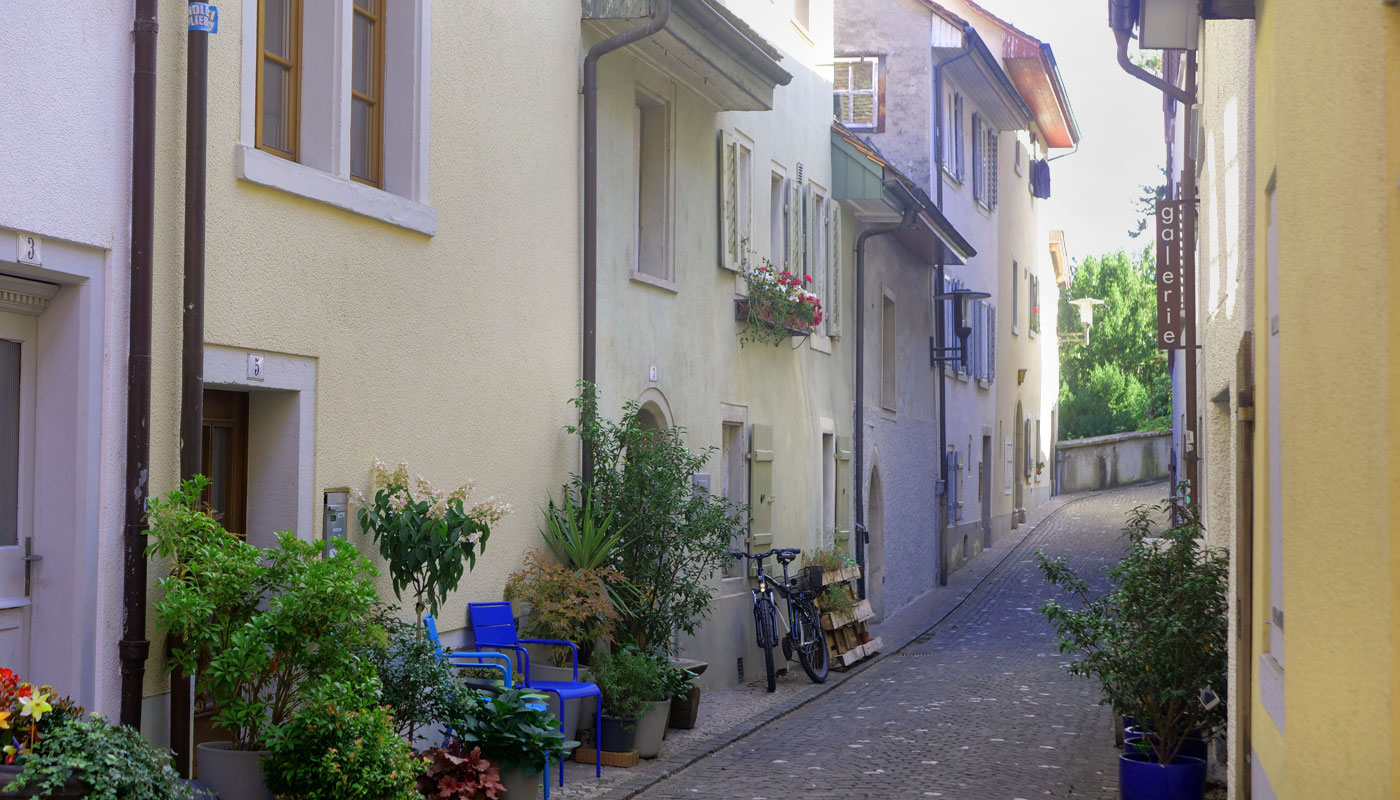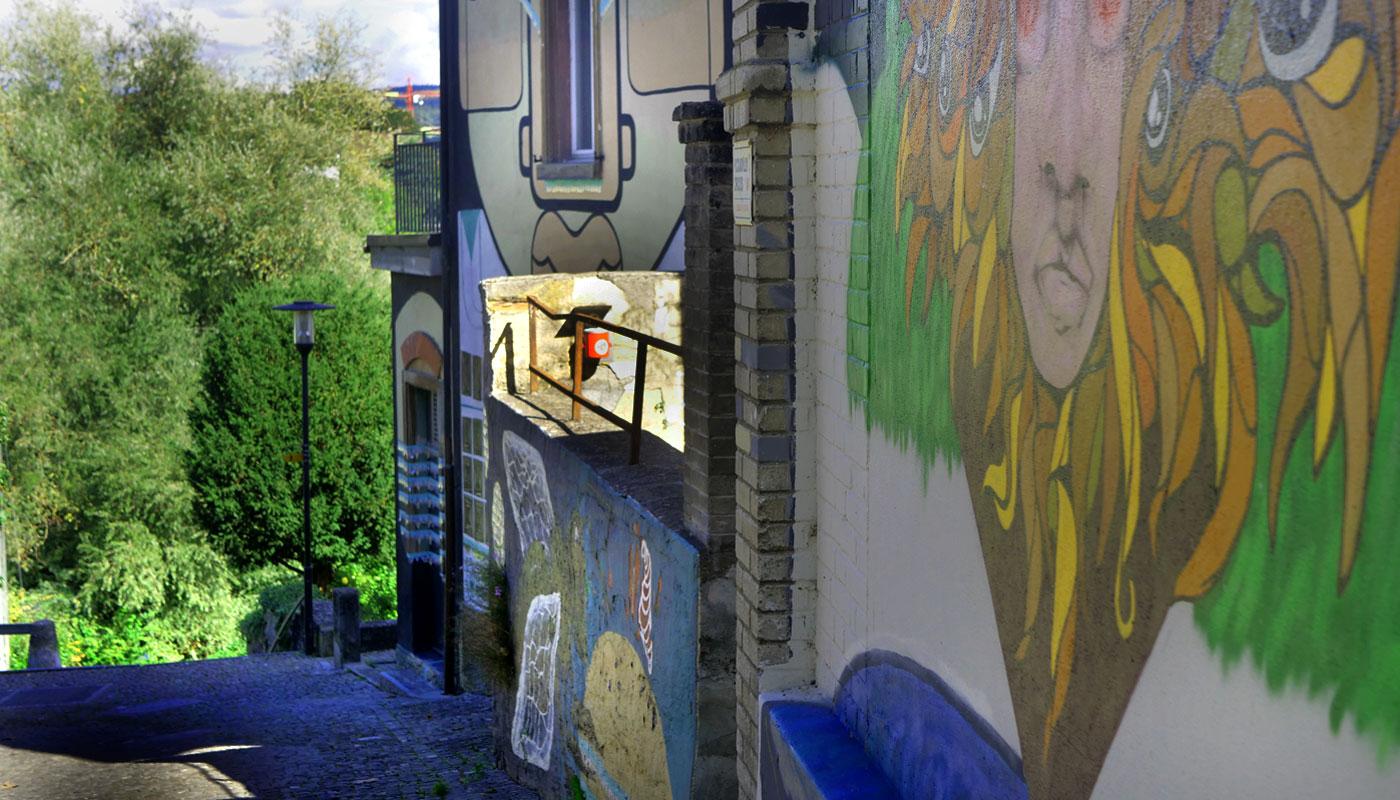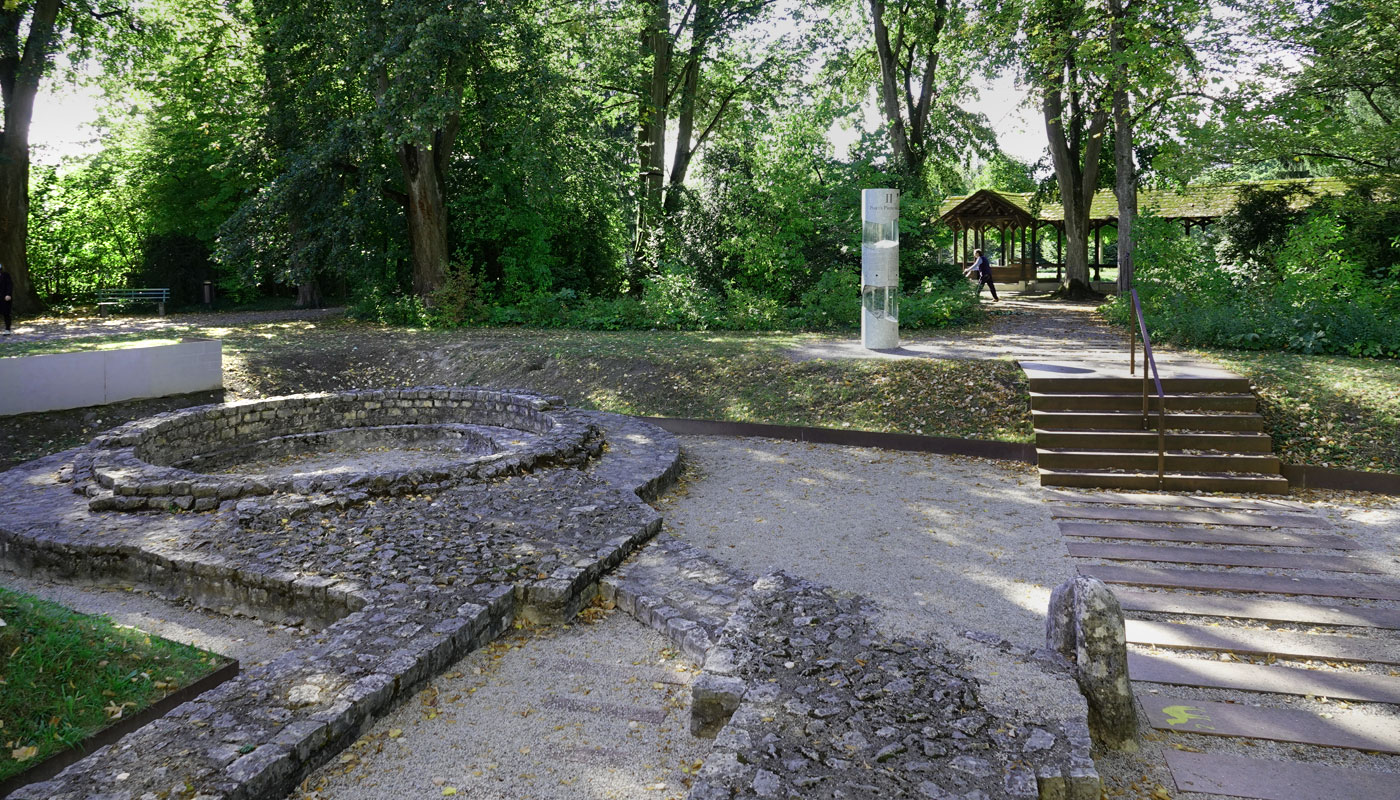Schools Brugg: Information about education Brugg

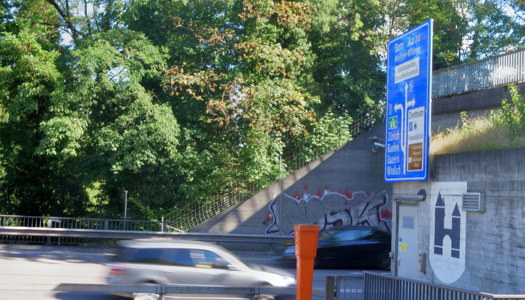
1. where is Brugg located?
Brugg is a small town and municipality in the canton of Aargau. The town lies at the southern foot of the Jura and the confluence of the Aare, Reuss and Limmat rivers. It lies between Basel (45 km as the crow flies in a south-easterly direction) and Zurich (27 km to the west), as well as 16 kilometers north-east of Aarau. Together with the neighboring town of Windisch, Brugg forms a regional center with a wide range of educational opportunities at schools in Brugg. Schinznach-Bad lies to the south-west and the Wülpelsberg with the highest point Habsburg rises above the river valley to the east. The village of Altenburg, which belongs to Brugg, was the oldest documented seat of power of the Count of Habsburg. The urban area is characterized by extensive industrial and commercial areas as well as cultural assets from the Habsburgs dating back to Roman times and the Middle Ages. Most of the schools in Brugg are located north of the railroad station.
2. how big is Brugg?
Brugg has over 12,554 inhabitants and stretches over nine kilometers along the Aare valley. The pretty little town stretches over 8.26 km2. The Aare flows through the old town and has a gradient of around 20 meters. Important companies include Kabelwerke Brugg, Jost Brugg AG and the printing companies Seetal Schaller AG and Effingerhof AG.
3. how can I travel to schools in Brugg by public transport?
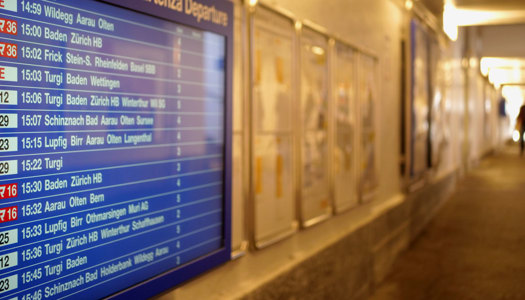
Switzerland's first railroad line from Zurich to Baden was extended to Brugg in 1856. Today, Brugg station is a hub for several railroad lines such as the Bözerberg line to Basel and the Baden-Brugg-Aarau line. Birrfeld, Othmarsingen, Wildegg and Lenzburg, Muri, Wettingen as well as Rotkreuz and Immensee are also well connected to schools in Brugg. Express trains run to Basel, Bern, Zurich and Zurich Airport. The bus line from Brugg to Aarau stops in Schniznach-Bad. Postbus lines run to towns in the surrounding region. Centrally located schools in Brugg are also within easy walking distance of the station.
4 How do I get to my school in Brugg by private transport?
Brugg is an important transportation hub thanks to two major intersecting roads from Basel to Chur and Lausanne to Waldshut. The highway connections to the A1 and A3 are also close by. The central bypass ensures that the old town is free of through traffic. Thanks to the good transport links, prospective students from Lenzburg, Wohlen, Mellingen, Schinznach-Bad, Bözen, Remigen or Klingnau can reach the "Brugg schools" quickly and easily. The small town offers several parking garages as well as public and private parking spaces for visiting schools in Brugg.

5 "Schools Brugg": What does the training location offer?
In addition to the elementary school, secondary school and district school, Brugg is also home to a music school, vocational schools, the adult education center, the University of Applied Sciences Northwestern Switzerland with the University of Teacher Education, the University of Applied Sciences for Technology and the University of Applied Sciences for Business. The diverse range of schools in Brugg makes the town a school location of supra-regional importance.
6 What catering options are available?
A variety of restaurants, cafés and bars invite you to eat and drink before, after or between visits to schools in Brugg. The entire gastronomic spectrum is on offer, from home-style cooking to gourmet cuisine, Italian delicacies and traditional dishes in a historic setting. So there is something to suit every taste. You can also enjoy a quick coffee, an extensive dessert, an after-work beer or a cocktail. Enjoy chocolate specialties with the town church, stars and black tower motifs when you visit a school in Brugg. The popular Altstadtsteine (sponge cake, marzipan, chocolate with a little Cointreau) are only available at Café Fridolin in Brugg's Old Town. Another Bruges specialty is vegetable risotto with moated castle rice from Vogelsang. Traditional food specialties are always available to visitors from schools in Brugg.
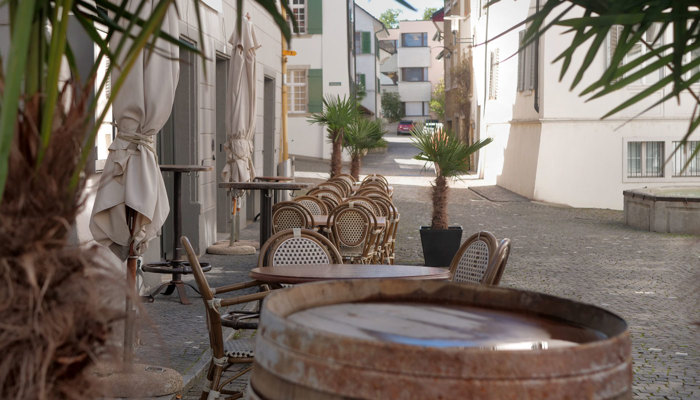
7 What after-school activities are available at schools in Brugg?

After your stay at the schools in Brugg, you can experience historical cultural assets with international appeal from the Habsburgs from Roman times and the Middle Ages. Discover the ruins of the amphitheater with its legionary path, the South Gate, the ancient Roman fort of Altenburg, the Old Town with the Vindonissa Museum, the Black Tower, the Salt House, the Latin School and the Stapfer Schoolhouse. Also worth seeing are the monastery church, theAareschlucht gorge, the Aaresteg Mülimatt footbridge and the Brugg Railway Park, which tells the story of Switzerland as a railroad nation. There is also a wonderful bath in the warm thermal water to relax schools in Brugg, a visit to the moated castle with its magnificent floodplain conservation park or a bike tour along the well-known routes. There are a number of sporting activities on offer - even small ski slopes in winter. The Rutenzug is a local festival dating back to the 16th or 17th century for cutting new rods for school-age children. Another Brugg tradition is the annual Brugg Carnival.
